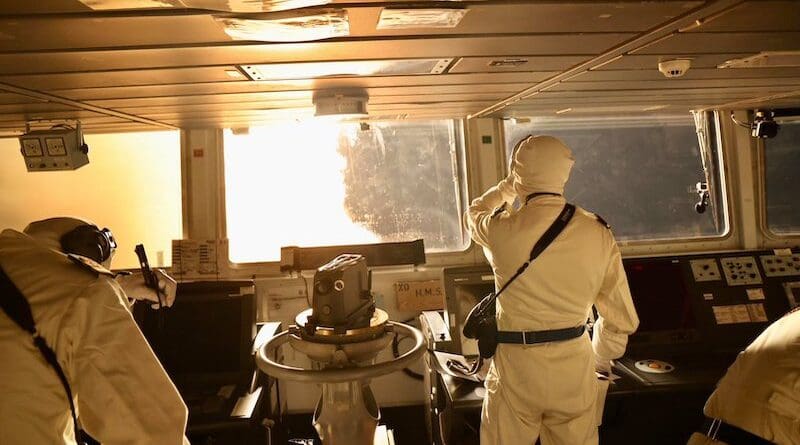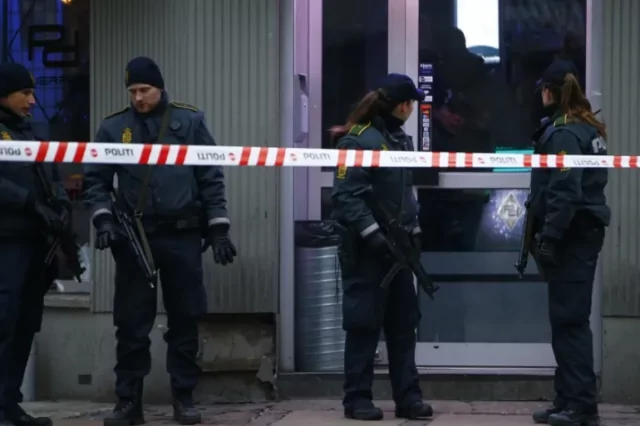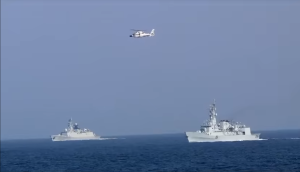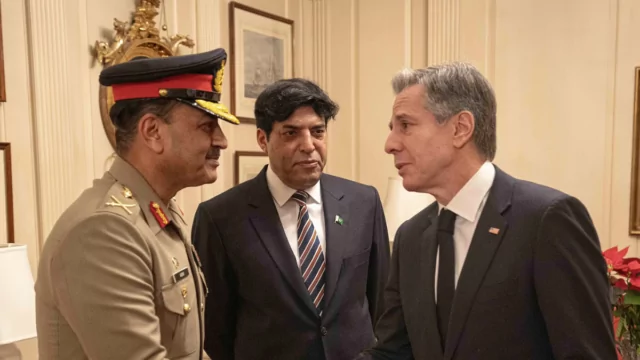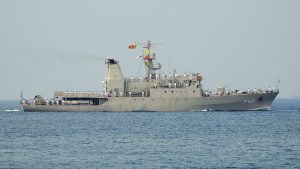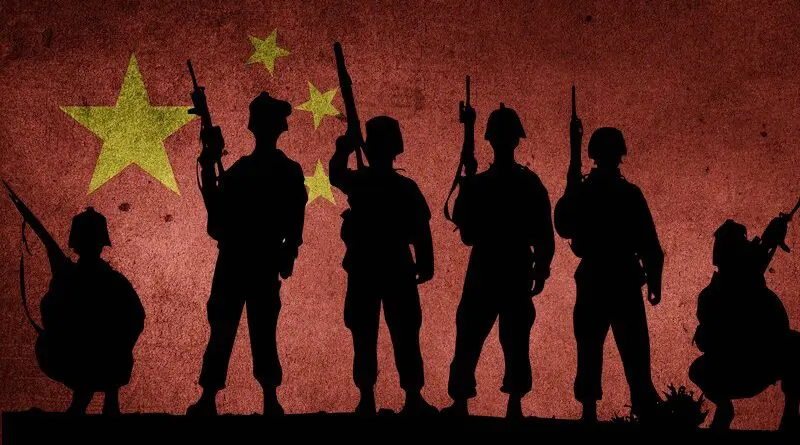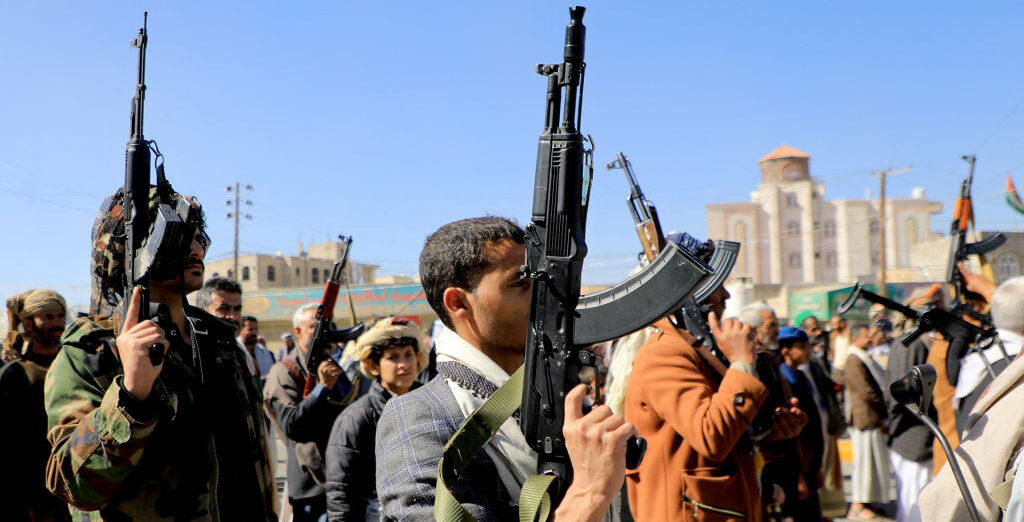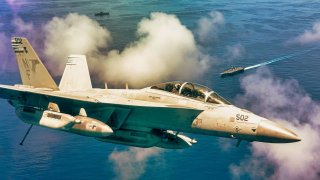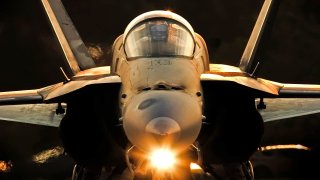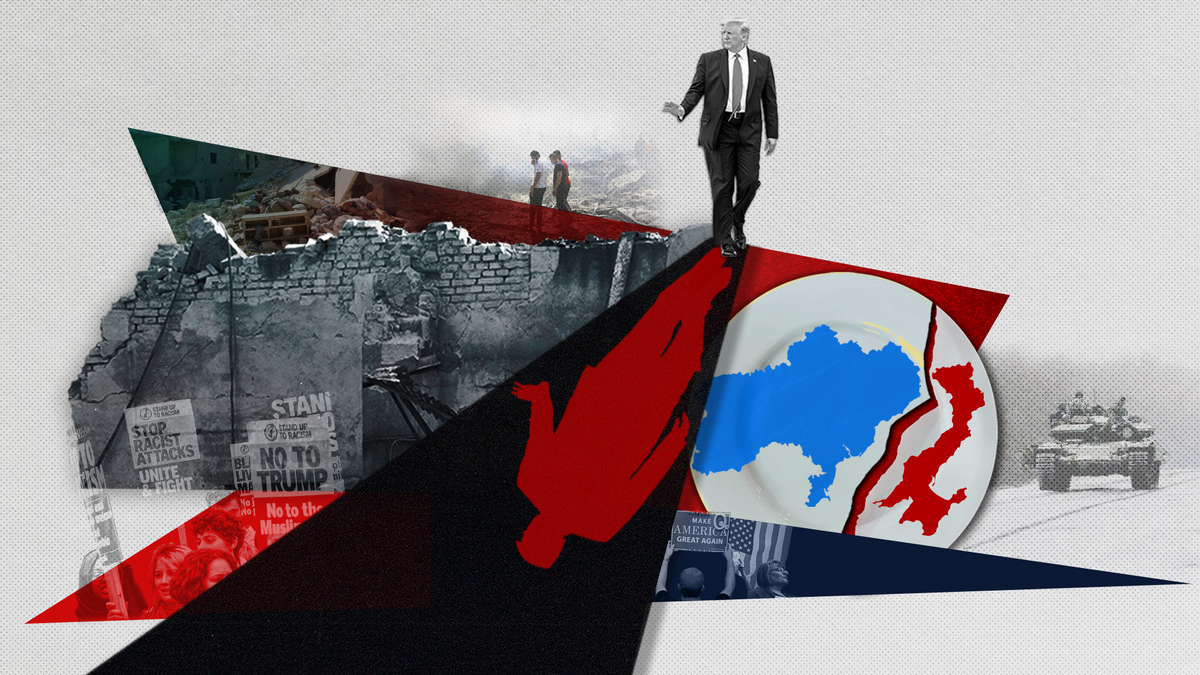DAN RAVIV AND YOSSI MELMAN
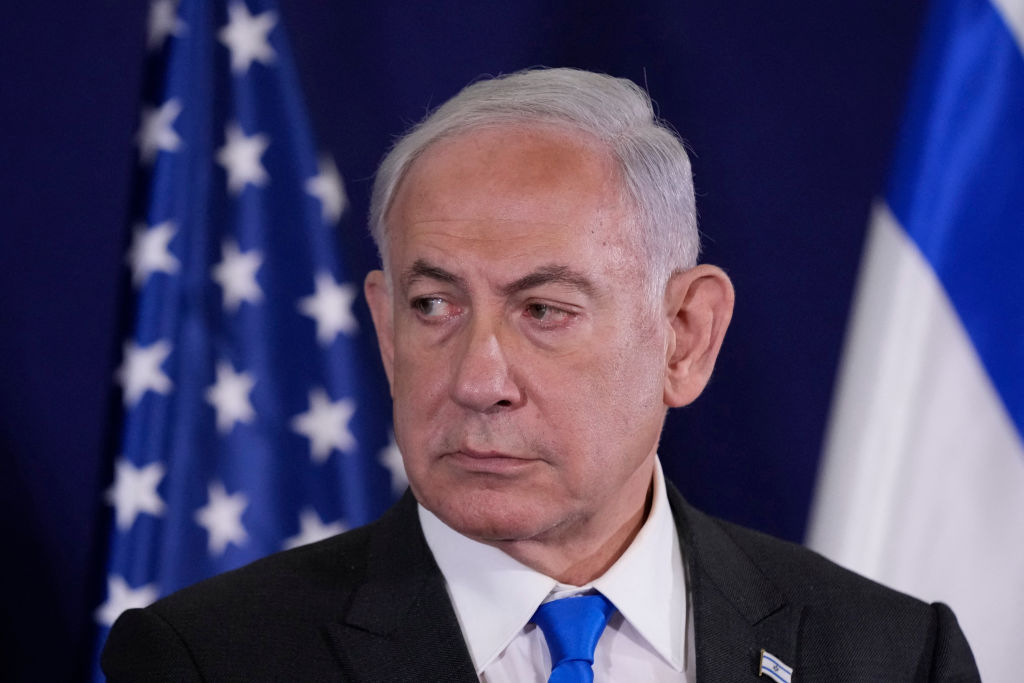
This week marks three months of war that continues to devastate Gaza as the bodies and rubble pile up in the wake of the Oct. 7 Hamas massacre. What are the lessons to be learned, so far, from a Middle East war like no other?
It is the first war, since Israel’s creation in 1948, that the Jewish state is fighting on six fronts. In addition to Gaza, there is a marked upsurge in violence in the Israeli-occupied West Bank, with Hezbollah in southern Lebanon and other radical pro-Iran Shia groups in Syria, Iraq, and Yemen. Secretary of State Antony Blinken, visiting Israeli leaders on Tuesday, expressed concern that the entire region may succumb to instability. The U.S. and Israel agree that Iran is not-so-secretly stirring up these conflicts, but the Biden Administration insists that Israel’s smartest move now would be to lower the level of combat in Gaza and to focus on an exit strategy. Yet Prime Minister Benjamin Netanyahu declared recently that the war will continue for many months.
The first lesson is that Israel is barely capable of conducting battles on all these fronts at once. Lebanon is particularly vexing, as Netanyahu’s government threatens Gaza-like destruction if Hezbollah doesn’t pull back from Israel’s border, as tens of thousands of Israelis have been evacuated from their towns and farms in northern Israel. This stands in sharp contrast to years of boasting by the Israel Defense Forces and leaders that the IDF was capable of repelling all military challenges from any direction. There hasn’t been another disaster like Oct. 7, but the array of lethal threats suggests a worrying conclusion: that Israel is weaker than at any time in its 75-year history.
In 1967, the IDF astounded the world by defeating Egypt, Jordan, and Syria in six days—capturing the Sinai, the Gaza Strip, the West Bank, and the Golan Heights. But in more than 90 days, it has not been able to achieve victory in Gaza; the total elimination of Hamas is a seemingly impossible goal. The Israeli military estimates that 8,000 Hamas fighters have been killed since the war began, among the more than 23,000 Gazans listed as dead by the Strip’s Hamas-run health ministry. Most of Gaza’s launchers and rockets, especially the long-range ones which were reaching Tel Aviv, have also been destroyed. But Hamas is still able to fire an occasional barrage toward Israel, where almost all have been intercepted by the Iron Dome defense system.

